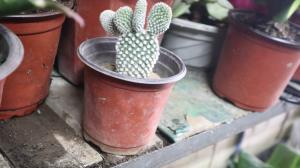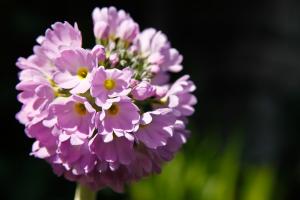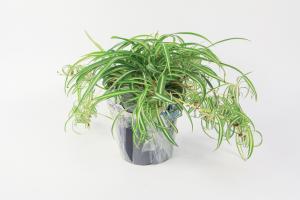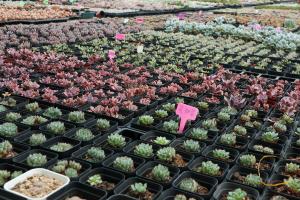Harvesting Aloe Vera: A Step-By-Step Guide
Aloe vera is one of the most popular and versatile plants, known for its numerous health benefits, and it can be grown indoors as well as outdoors. Harvesting aloe vera leaves to extract its gel can be a quick and easy process if you know what you鈥檙e doing. In this guide, we鈥檒l take you through step-by-step on how to get aloe from the plant.
Step 1: Choose the Right Aloe Vera Plant
Before you start harvesting, it鈥檚 important to ensure that you have the right type of aloe vera plant. Aloe vera plants that are at least three years old are the best to use since younger plants won't have enough gel to harvest. You should also look for plants with thick and juicy leaves, which indicates a high concentration of gel.
Step 2: Prepare the Tools
To extract aloe vera gel, you鈥檒l need a sharp knife, a clean cutting board, and a spoon to scoop out the gel. It鈥檚 important to keep your tools clean and use them exclusively for harvesting aloe vera. You don't want to contaminate the gel with any bacteria from different cutting tools.
Step 3: Cut the Leaves
Start by cutting a mature leaf from the outer part of the plant that鈥檚 at least 8 inches long. Using a sharp knife or scissors, make a clean cut at the base of the leaf. You should avoid damaging the surrounding leaves or damaging the plant's roots. Cut the leaves close to the stem, but avoid cutting the stem itself, as this can damage the plant.
Step 4: Wash and Prepare the Leaves
After harvesting the leaves, it鈥檚 important to wash them thoroughly with water to remove any dirt or debris. Place the leaves flat on a cutting board and use your knife to trim the edges of the leaves. Cut the sharp tip of the leaf as well as the base of the leaf where it was attached to the stem.
Step 5: Extract the Gel
Now it鈥檚 time to extract the aloe vera gel from the leaves. Slice the leaf lengthwise to expose the gel, then use a spoon to scrape out the gel into a clean container. Take care not to scoop up any of the yellow outer lining found by the gel, also known as the aloe latex, as it can be a potent laxative and cause allergies.
Step 6: Store the Gel
Aloe vera gel can be stored in the refrigerator for up to one week in an airtight container. If you want to store it for an extended period, you can freeze it into ice cubes, ready for future use. Just make sure to label the container with the date of harvesting to keep track of its shelf life.
Conclusion
Harvesting aloe vera gel on your own can be a simple and easy process. Just remember to use a mature aloe vera plant, clean cutting tools, and avoid any contamination. With these steps, you can have fresh aloe vera gel ready to use for skincare, haircare, and other health benefits.

 how many times do yo...
how many times do yo... how many planted tre...
how many planted tre... how many pine trees ...
how many pine trees ... how many pecan trees...
how many pecan trees... how many plants comp...
how many plants comp... how many plants can ...
how many plants can ... how many plants and ...
how many plants and ... how many pepper plan...
how many pepper plan...





























